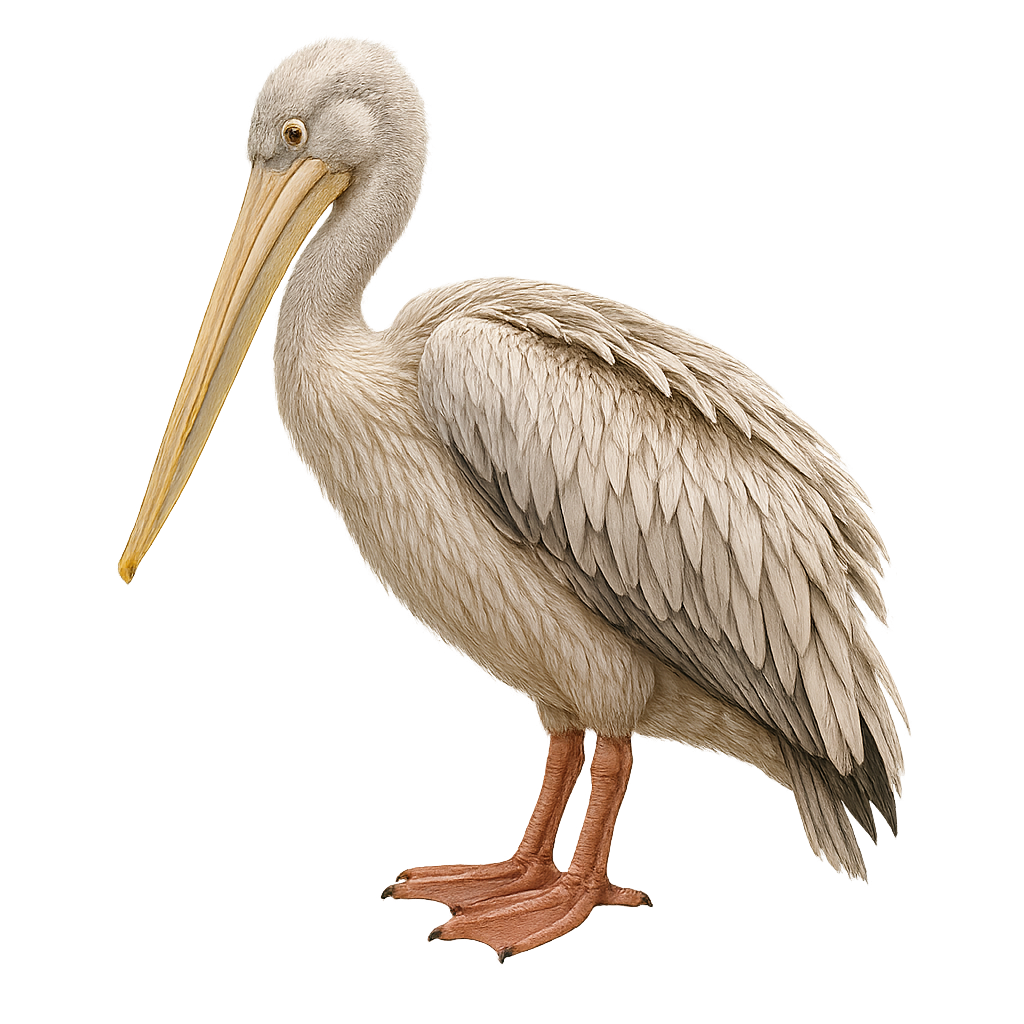Your wildlife photography guide.
Explore the pink-backed pelican in detail, study its behavior, prepare your shots.
Where to observe and photograph the pink-backed pelican in the wild
Learn where and when to spot the pink-backed pelican in the wild, how to identify the species based on distinctive features, and what natural environments it inhabits. The WildlifePhotographer app offers tailored photography tips that reflect the pink-backed pelican’s behavior, helping you capture better wildlife images. Explore the full species profile for key information including description, habitat, active periods, and approach techniques.
Pink-backed Pelican
Scientific name: Pelecanus rufescens

IUCN Status: Least Concern
Family: PELECANIDAE
Group: Birds
Sensitivity to human approach: Suspicious
Minimum approach distance: 10 m
Courtship display: November to March
Incubation: 30-35 jours
Hatchings: December to April
Habitat:
Lakes, rivers, marshes
Activity period :
Primarily active during the day, with peak activity in the morning and late afternoon.
Identification and description:
The Pink-backed Pelican, or Pelecanus rufescens, is a medium-sized waterbird known for its greyish plumage and slightly pinkish back. It has a long bill with a distinctive gular pouch used for catching fish. Its wings are broad and powerful, suited for gliding flight. Found mainly in sub-Saharan Africa, it inhabits lakes, rivers, and marshes. Sociable by nature, it often lives in colonies. Its breeding season varies by region, typically nesting in trees or on islets. Its diet consists mainly of fish, which it often hunts in groups.
Recommended lens:
400 mm – adjust based on distance, desired framing (portrait or habitat), and approach conditions.
Photography tips:
To photograph the Pink-backed Pelican, aim for early morning hours when the light is soft and flattering. Use a telephoto lens of at least 400mm to capture precise details without disturbing the bird. Look for angles that highlight its pinkish plumage and gular pouch. In-flight shots can be spectacular, so be ready to track its movement with fast autofocus. A tripod can be helpful to stabilize your camera during long observation sessions.
The WildlifePhotographer App is coming soon!
Be the first to explore the best nature spots, track rutting seasons, log your observations, and observe more wildlife.
Already 1 432 wildlife lovers subscribed worldwide

